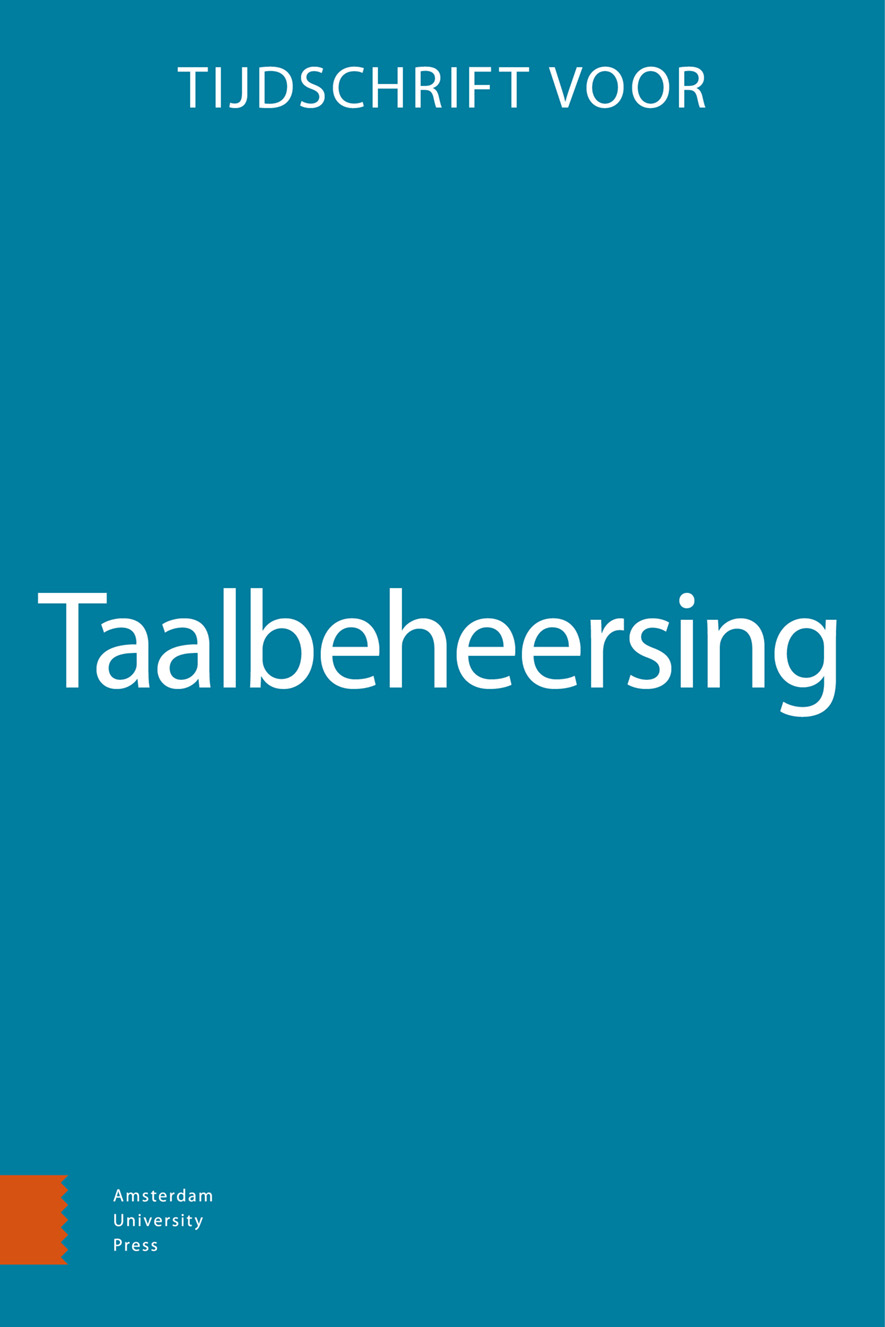-
oa Kan een tekst te simpel zijn? Hoe lager en hoger opgeleiden oordelen over eenvoudige taal
- Amsterdam University Press
- Source: Tijdschrift voor Taalbeheersing, Volume 44, Issue 2, Dec 2022, p. 62 - 90
-
- 01 Dec 2022
Abstract
Text consultants often encounter the fear that simple language comes across as childish, especially for higher educated readers. We sought to empirically test this assumption by presenting participants with two letters from organizations (a bank and a residential care facility) to their customers. Both lexical and syntactic complexity were varied in the two texts.
In the first text, simple words both improve actual comprehension and perceived comprehensibility. The author who uses simple words is also seen as more friendly, an effect mediated by the comprehensibility judgment. In the second text, simple words again improve actual comprehension, but only in the syntactically complex text versions. Most strikingly, only the higher educated readers preferred the simpler text versions over the more complex ones.
Overall, there is no reason to fear that simple language offends readers in any way. It is less clear why the results differ for our two texts; different language expectations regarding banks and care facilities may play a role. A more fundamental question is how exactly simple language succeeds in generating positive attitudes towards the author; we end by outlining various possible explanations.


